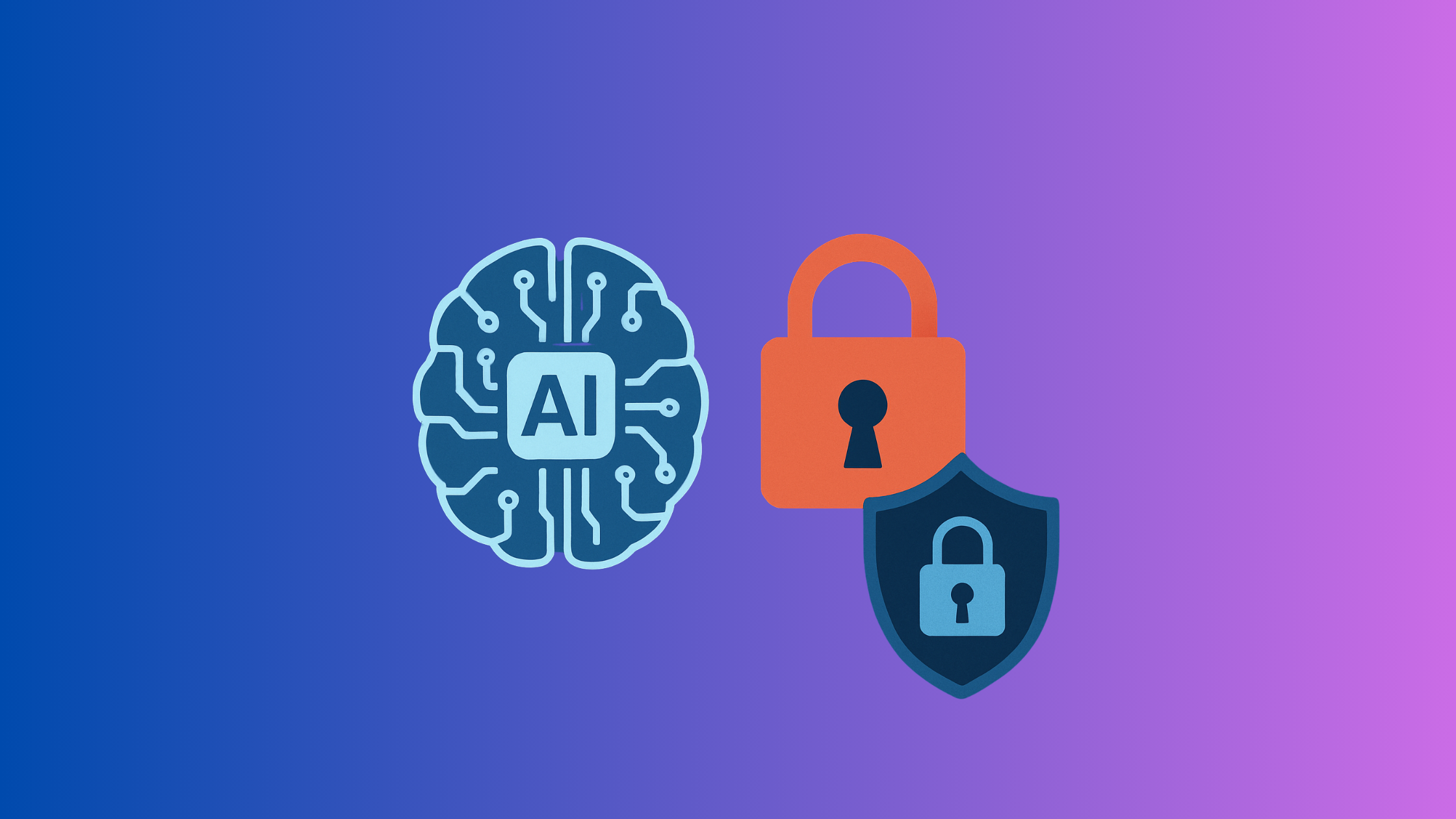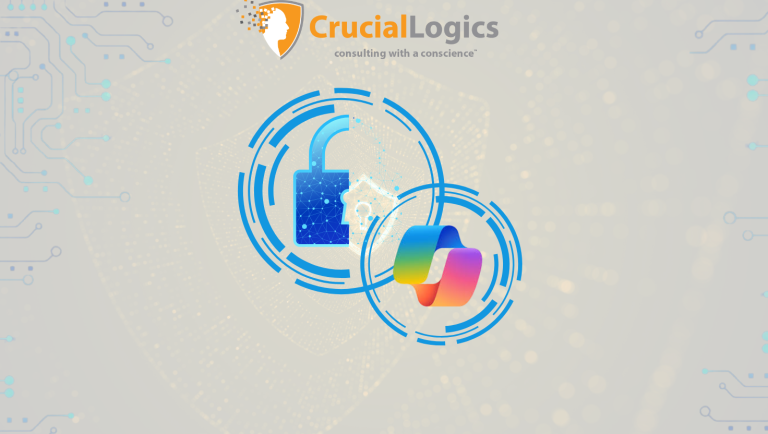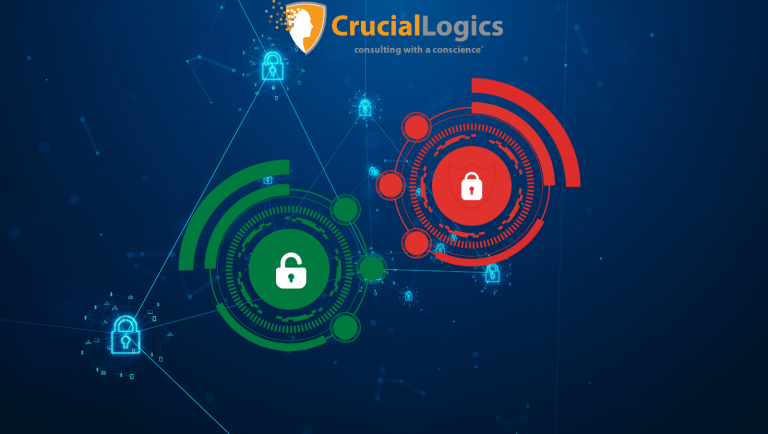As AI continues to evolve and become more deeply integrated into critical systems and business operations, the security landscape surrounding these technologies must also transform. Cyberattacks targeting AI systems manifest in diverse forms, from data poisoning and adversarial attacks to model theft and API vulnerabilities. Like all IT infrastructures, AI cannot be entirely invulnerable, but proactive and strategic security measures significantly mitigate risks.
Understanding emerging trends and preparing for future challenges is essential for organizations seeking to maintain a robust security posture.
The Uniqueness of AI Systems
The security landscape for AI is unique in many ways. The interface layer where AI systems interact with external data and users represents a critical vulnerability point that requires special attention.
Large language models, while secure in their core architecture as closed systems, become vulnerable through these interfaces if not properly protected. The DeepSeek incident, which exposed over one million sensitive records due to an unsecured database, serves as a sobering reminder of how even advanced AI companies can fall victim to basic security oversights.
The good news is that effective security measures exist and continue to evolve. Advanced technologies like differential privacy, federated learning, and homomorphic encryption provide powerful tools for protecting AI systems from various threats. When combined with traditional security best practices and a systematic approach to risk management, these technologies can create robust defenses against even sophisticated attacks.
Emerging Threats and Countermeasures
The sophistication of attacks against AI systems is increasing at an alarming rate. As adversaries gain a deeper understanding of AI vulnerabilities, we can expect more targeted and complex attacks that exploit the unique characteristics of these systems.
One particularly concerning trend is the rise of AI-powered attacks, where malicious actors use their own AI systems to identify vulnerabilities and optimize attack strategies. These automated attacks can operate at machine speed, probing for weaknesses and adapting their approaches based on system responses. Traditional security measures that rely on human intervention may be insufficient against these high-velocity threats.
To counter these attacks, we’re seeing the development of AI-powered defense systems that can detect and respond to threats in real time. These defensive AI systems can identify patterns indicative of attacks, predict potential vulnerabilities before they’re exploited, and automatically implement countermeasures to protect critical systems.
Quantum computing represents another frontier that will significantly impact AI security. As quantum computers become more powerful and accessible, they may be able to break many of the cryptographic protections currently used to secure AI systems and their data. Organizations should begin preparing for this “post-quantum” era by exploring quantum-resistant encryption methods and security architectures.
Industry-Specific Considerations
Different industries face unique AI security challenges based on their specific use cases, regulatory environments, and risk profiles. Understanding these industry-specific considerations is crucial for developing effective security strategies.
In healthcare, AI systems often process highly sensitive patient data and may directly influence treatment decisions. Security failures in this context could lead to privacy violations and patient harm. Healthcare organizations must implement particularly stringent security measures for their AI systems, with special attention to data integrity and model reliability.
Financial institutions face different challenges, with AI increasingly used for fraud detection, risk assessment, and algorithmic trading. Attacks against these systems could have immediate financial consequences and broader market impacts. Financial organizations need to focus on real-time monitoring and rapid response capabilities to mitigate these risks.
Manufacturing and critical infrastructure sectors increasingly use AI for process optimization and predictive maintenance. Security breaches in these contexts could disrupt essential services or compromise physical safety. As such, organizations in these sectors must consider the physical implications of AI security and implement appropriate safeguards at the intersection of digital and physical systems.
The Evolving Regulatory Landscape
The regulatory environment surrounding AI security is still developing, but we can expect increasingly comprehensive and stringent requirements as AI becomes more pervasive and powerful.
In the United States, agencies like NIST are developing frameworks and guidelines for AI security, while the European Union’s AI Act represents one of the most comprehensive attempts to regulate AI systems based on their risk levels. Other countries and regions are developing their own approaches, creating a complex global regulatory landscape that organizations must navigate.
These regulations are likely to impose more specific security requirements for AI systems, particularly those used in high-risk applications. Organizations should monitor regulatory developments closely and participate in the development of standards and best practices within their industries.
Balancing Innovation with Security
Perhaps the greatest challenge in AI security is balancing the need for robust protection with the imperative for continued innovation. Overly restrictive security measures can stifle creativity and limit the potential benefits of AI, while inadequate security creates unacceptable risks.
Finding this balance requires a thoughtful approach that integrates security considerations throughout the AI lifecycle without creating unnecessary obstacles to development and deployment. Security should be viewed not as a barrier to innovation but as an enabler that provides the foundation of trust necessary for widespread AI adoption.
Organizations that successfully navigate this balance will be well-positioned to leverage AI’s transformative potential while managing its inherent risks. By staying informed about emerging threats, implementing adaptive security measures, and actively participating in the development of industry standards and best practices, organizations can build AI systems that are both innovative and secure.
Conclusion
As organizations increasingly rely on AI for critical functions, the stakes of security failures grow exponentially. Financial losses, reputational damage, regulatory penalties, and even physical harm can result from compromised AI systems. This makes a comprehensive security strategy not just a technical necessity but a business imperative.
At CrucialLogics, we secure your business using your native Microsoft technologies, including developing and deploying secure and scalable AI solutions. To learn more about these advanced technologies and how to secure your AI infrastructure, speak with us today.






